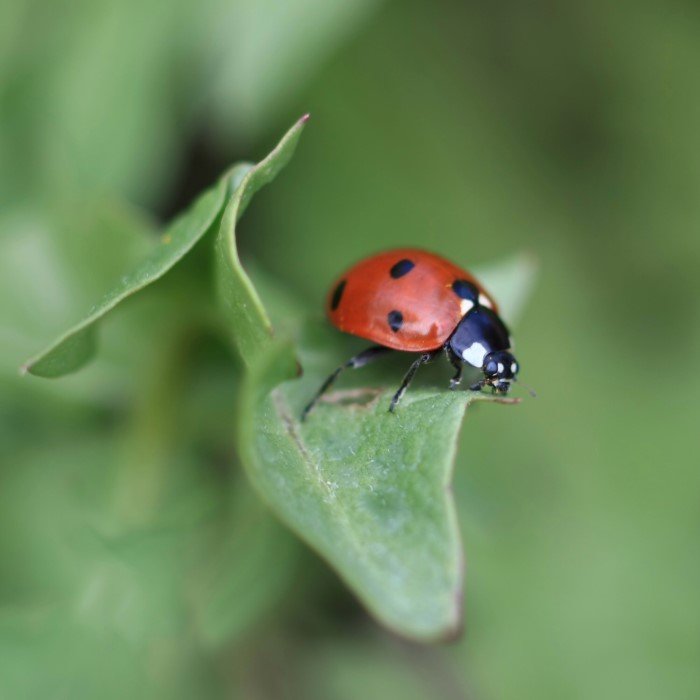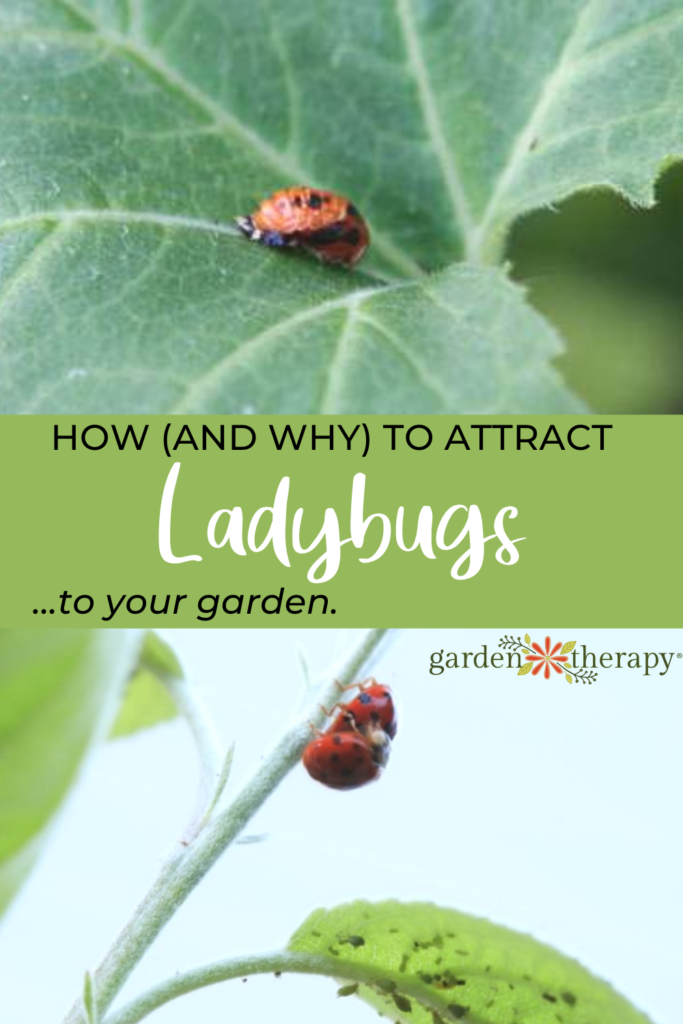Ladybugs can be a very helpful ally in the fight against plant-damaging pests. Thankfully, it’s fairly easy to get these cheery bugs into your garden, with these tips and tricks. Here’s what you need to know about how to attract ladybugs to your garden—and why you should.
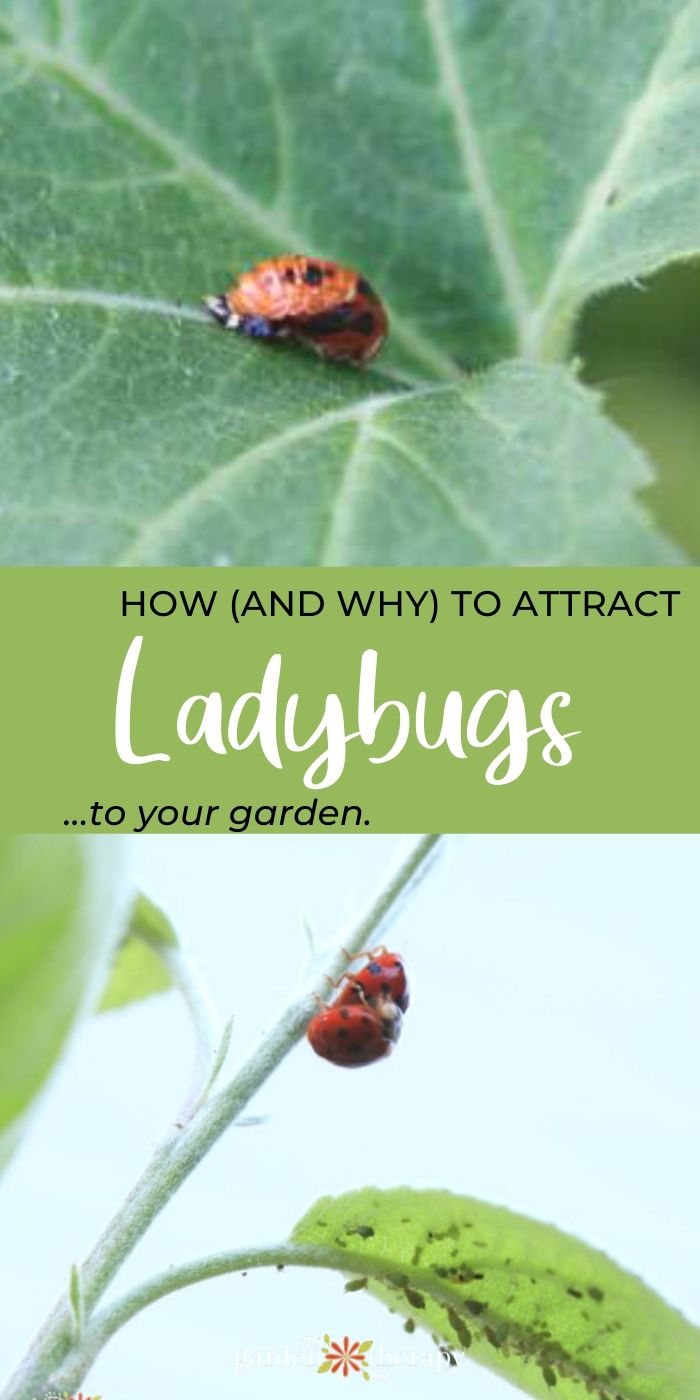
Organic gardening is wonderful. It ensures that everything you grow is completely safe and natural, which is especially important when growing food.
The only problem is that aphids like to eat organic veggies, too! Having a squad of ladybugs on patrol in the garden can do wonders to get rid of common garden pests.
This guide will tell you everything you need to attract and keep ladybugs in your garden and why you need to. Here’s what I’ll be covering today…
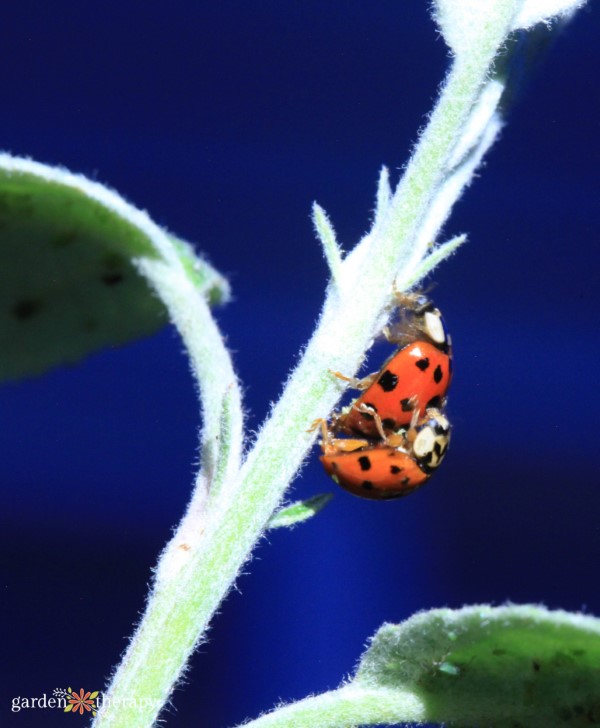

Why You Need to Know How to Attract Ladybugs
Not only are ladybugs absolutely beautiful with their cheery signature red and polka-dotted shells, but they are one of the good bugs you want in your garden. Wondering why? It’s all about what ladybugs eat!
Ladybugs are pest-eating superheroes! They eat all the annoying little pests that you don’t want in your garden such as:
- aphids
- mealybugs
- mites
- scale
- and lots of other bad bugs!
Not only do ladybugs eat pests, but they eat a lot of them. In fact, one ladybug can eat 5,000 aphids over the course of its life! See why you should learn how to attract ladybugs?
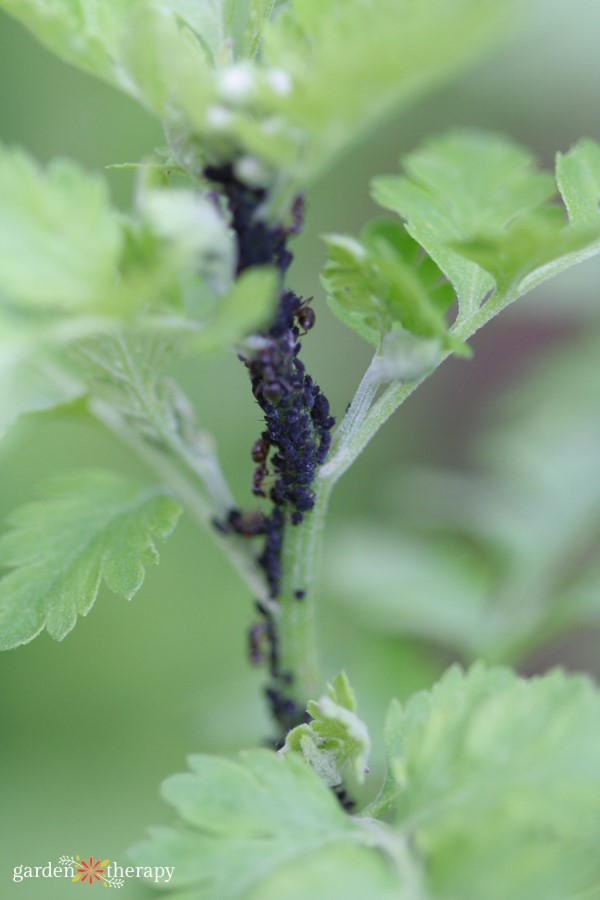

Ladybug Life Cycle
To best attract ladybugs to your garden, it’s important to understand the ladybug life cycle and what they need in each stage of it. Here is a brief overview of how ladybugs hatch and mature.
Eggs
Female ladybugs will lay a clutch of 10-50 bright yellow eggs on the underside of a leaf. They are careful to choose a location for their eggs that is near a large amount of food for the larvae to eat when they hatch.
Often, ladybugs will choose areas close to large aphid populations to lay their eggs, as the aphids are a good source of food. A female ladybug will lay several egg clutches per season and can lay up to 1,000 eggs in one year!
Larvae
A few days after the eggs are laid, they hatch into larvae. Ladybug larvae are not quite as cute looking as the mature beetles. They have oblong bodies with spiny bumps all over them. Their bodies are mostly dark gray or black, with some bright orange or red spots or bands.
Familiarize yourself with the way ladybug larvae look so that you can recognize them when you see them in the garden. See one pictured below!
Larvae need to eat a lot as they go through four different larval stages to reach maturity. Lucky for us, most of what they feed on is aphids, scale, mites, and other common garden pests, so if you see a ladybug larva in your garden, be happy! They are already doing good work for you at an early age.
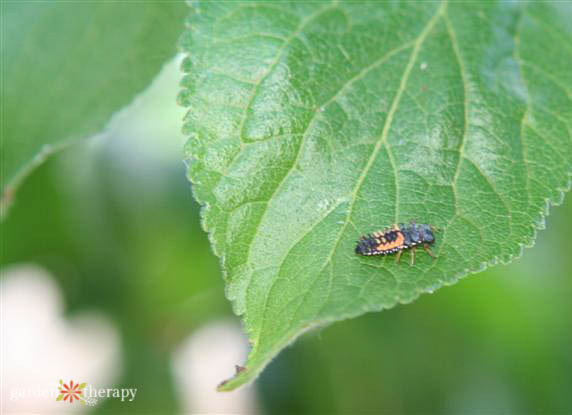

Pupae
When a larva is big enough (see: has eaten enough pests), it is ready to pupate. At this time, the larva attaches itself to a leaf somewhere safe, and its body undergoes a massive transformation over the course of 3-12 days. By the end of this process, the pupae’s body has formed into a mature ladybug.
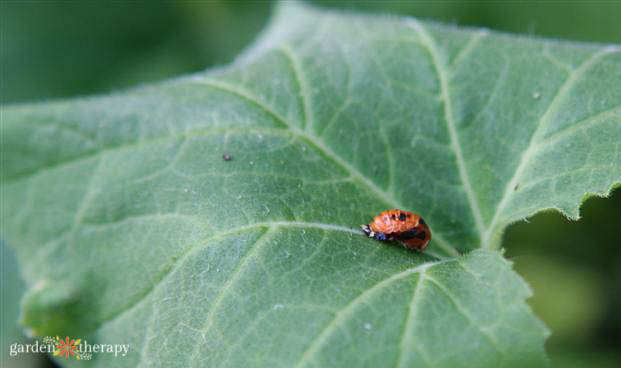

Maturity
You can recognize a newly mature ladybug by the colour of its body. They are usually yellow or orange when they have recently finished the pupa stage and will turn bright red as they age.
How to Attract Ladybugs
Now that you know why you should learn how to attract ladybugs, as well as what the ladybug life cycle is, let’s talk about how to actually attract these helpful insects.
Plant Things that Ladybugs Like to Eat
Calendula, dill, marigold, cilantro, chives, cosmos, and yarrow are all attractive to ladybugs, so pick your favourites and plant them around the garden this year.
Let Weeds Stay
Ladybugs love dandelions! Embrace these golden-flowered “weeds” and let a few grow. Bonus: dandelions are edible and have a ton of health benefits.
Give Ladybugs Water
Leave a shallow dish of water near some of your ladybug-attracting plants so they can drink when needed. Add a few river stones or marbles to the dish to give ladybugs a place to sit as they drink. Refresh the water regularly so it doesn’t run out or become a breeding ground for mosquitoes.
Try making this bee bath, which can help any small insects get the water they need.
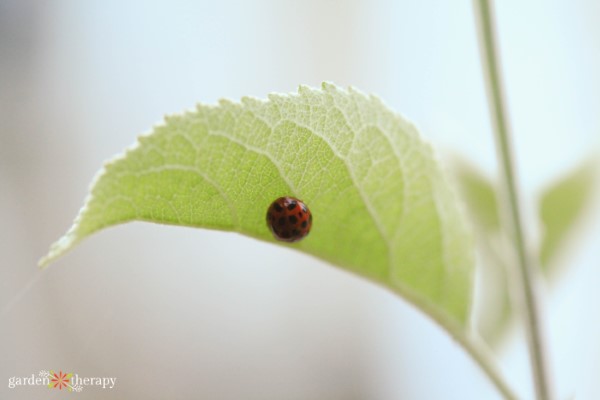

Keep it Organic
Pesticides are not ladybug friendly. Stick to natural growing techniques and everyone will be happier. If you have a bad infestation, instead of using harmful chemicals, I recommend you try this natural pest control spray made with herbs.
Grow Groundcovers
Low-growing groundcovers protect ladybugs by sheltering them from predators such as birds and insects. Oregano and thyme are both good options.
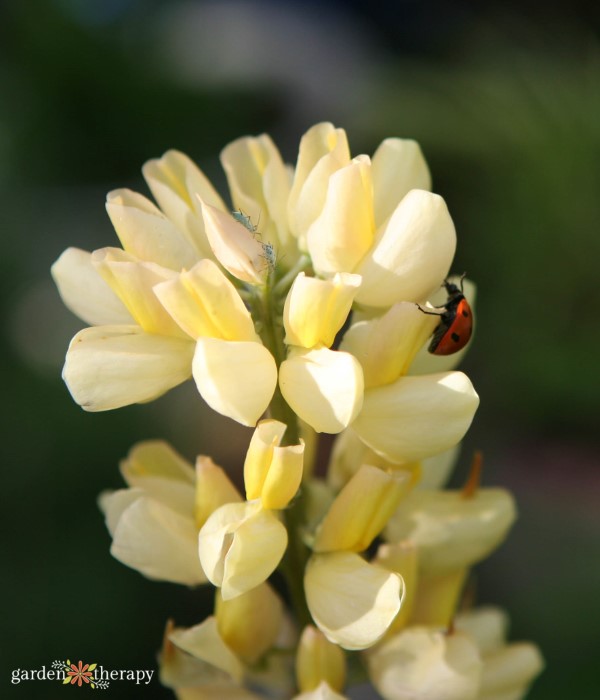

Encourage Aphids
A simple way to learn how to attract ladybugs is to plant some nasturtiums specifically for aphids. It will distract aphids from munching on your vegetables, and the aphids on the nasturtiums will, in turn, attract ladybugs, which will eat them up along with all sorts of other pests in your garden.
Ladybugs will lay their eggs in an area with lots of aphids because they know their young will have a food source, so allowing a few aphids in your garden can bring you a lot more ladybugs who will grow up to patrol your whole garden and keep it safe.


FAQ About Ladybugs
Known as ladybugs in North America, “lady” originally refers to Mother Mary. European farmers would pray to the Virgin Mary whenever pests ate their crops. Since ladybugs come and eat all the bad pests, the farmers named them “beetle of Our Lady,” which was eventually shortened to “lady beetle” in the UK and “ladybug” in North America.
Ladybugs are beloved due to their cute and vibrant appearance and their habit of eating all the bad bugs in the garden. Asian lady beetles, on the other hand, are commonly mistaken for ladybugs but will actually “bite” when threatened and excrete a smelly yellow liquid from their legs. Asian lady beetles are highly invasive.
Ladybugs tend to be more round, have black spots, are bright red when mature, and are slightly smaller. Asian lady beetles are slightly larger, come in red and orange tones, sometimes don’t have any spots, tend to be more oval, and will have a distinctive “M” shaped black marking on their white heads.
Ladybugs will come into the home to stay warm and hibernate when temperatures drop. While they won’t damage your home or cause any harm, they can become annoying once inside the home. Your best bet to get rid of them is to vacuum them up and prevent them from entering in the first place by fixing any cracks and seals in the home.
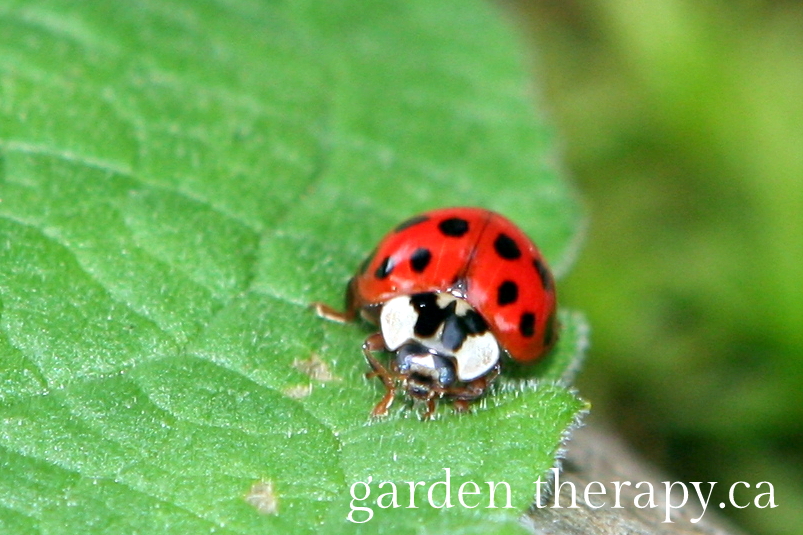

More Beneficial Wildlife

